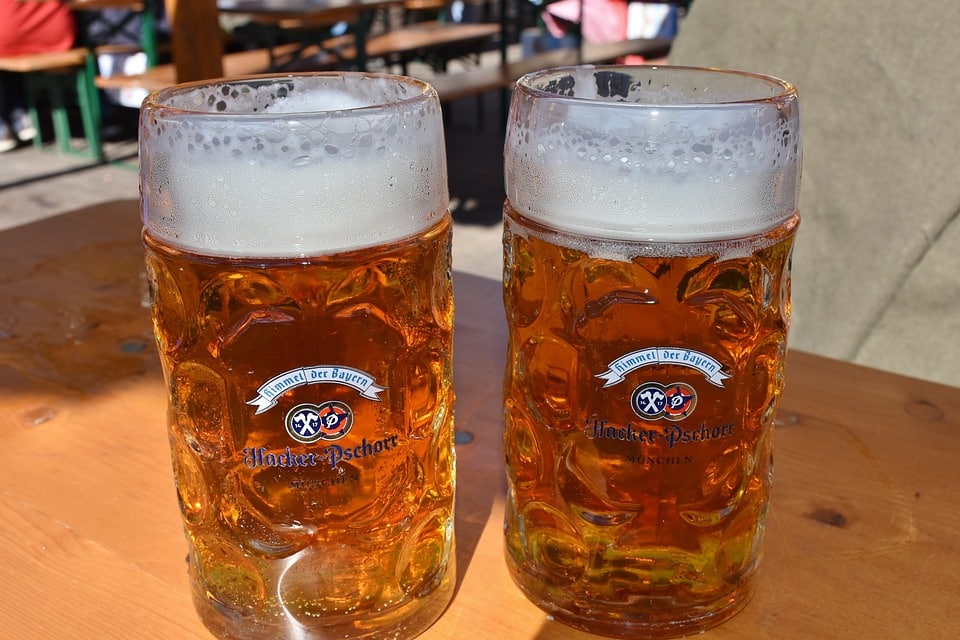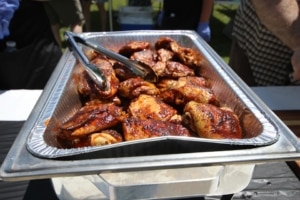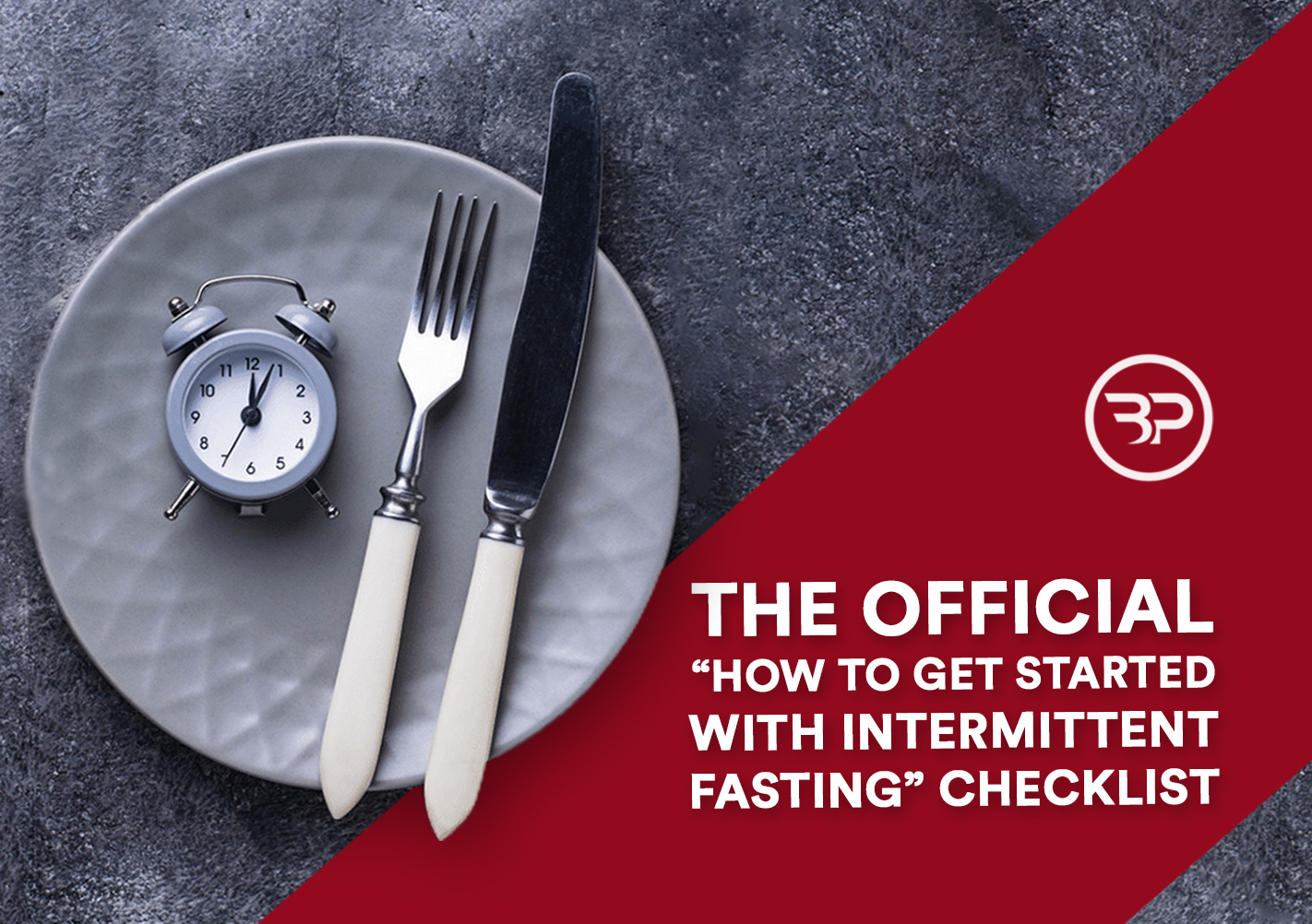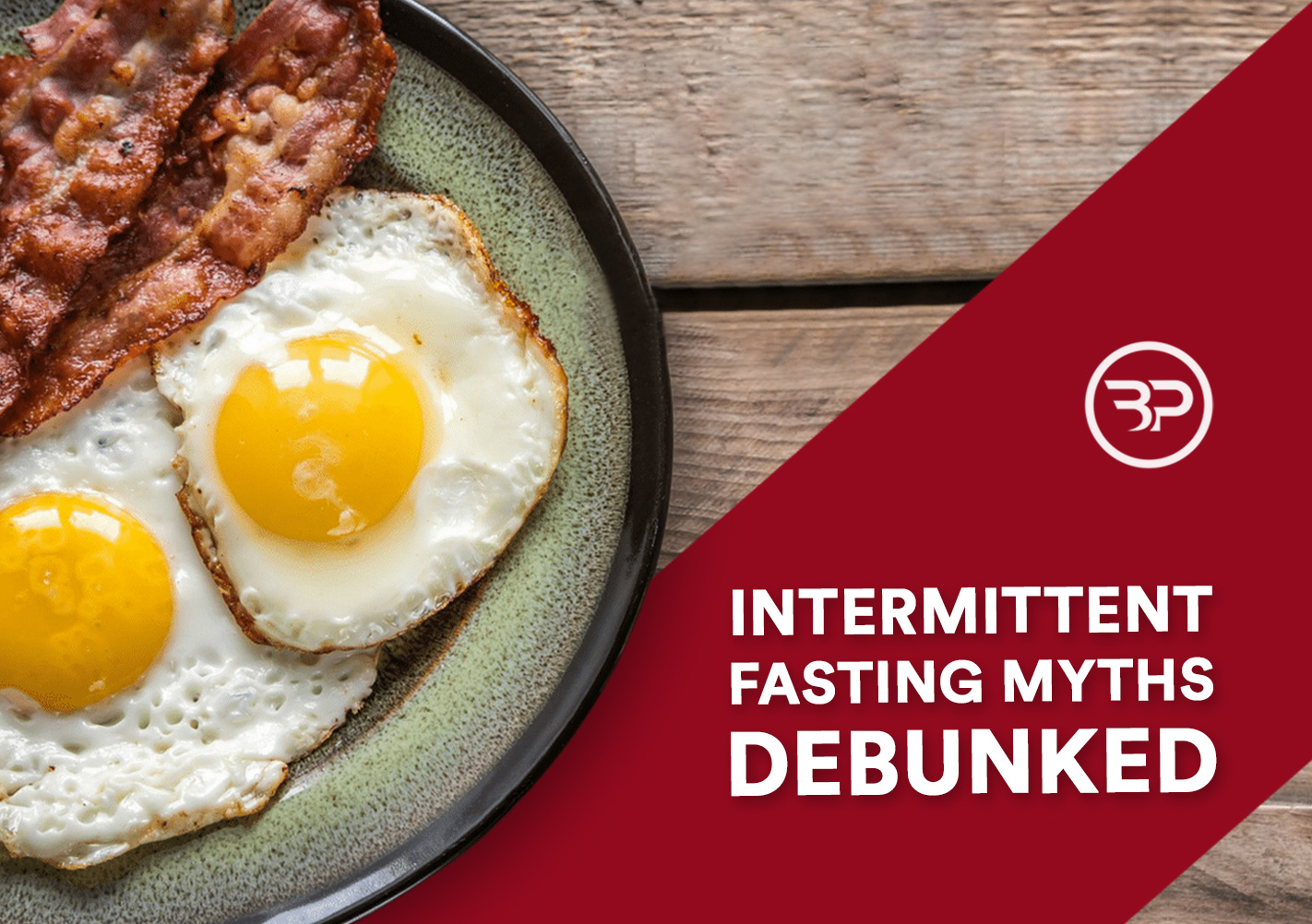7 Scientifically Proven Ways to Eat Less (And Lose Fat)
May 31, 2017
Fat loss is simple in theory. All you need to do is eat less, move more, and voila…pounds melt away faster than butter on a hot skillet.
Unfortunately, simple doesn’t mean easy. Sure, you know you need to eat more fruits and veggies, eat protein with each meal, and work out regularly.
But knowing and doing are two different animals.
 But wait, there’s more (as they say in infomercials.) Your day is jam-packed, making convenience a key factor in deciding what you’ll eat.
But wait, there’s more (as they say in infomercials.) Your day is jam-packed, making convenience a key factor in deciding what you’ll eat.
To make matters worse, food manufacturers and restaurants are not your friends. They know they can successfully peddle fatty, sugar- filled foods. All in the name of convenience, of course.
But enough is enough. If you want to lose fat and look your best, it’s time to fight back.
A quick heads up: this article is long. If you want to save some time and download the checklist (and get a free course to lose fat and look better naked) click here.
Here are the best strategies you can use right now to lose fat and stop asking: “How come these damn pants won’t fit anymore?”
If you’re a coach, use this information to teach your clients how to set their environments up for successful fat loss.
If you’re a busy person hoping to make those jeans fit better, here are the tools to make better decisions.
1. Use Smaller Dishes and Utensils
 If you have a bigger plate, you’ll fill it up with more food. If you have beer stein in front of you, you’ll drink a lot more beer than the typical 12 oz serving size.
If you have a bigger plate, you’ll fill it up with more food. If you have beer stein in front of you, you’ll drink a lot more beer than the typical 12 oz serving size.
In one experiment mentioned in Mindless Eating: Why We Eat More Than We Think, guests were given either a 17 oz or 34 oz bowl of ice cream. Both groups were invited to eat any of the four kinds of ice cream available. The scoops were also different sizes, either two ounces or three ounces. These weren’t your average test subjects. They were nutrition professors and Ph.D. students. So they’d make good choices, right?
Not so much.
Like the rest of us, the researchers’ portion control melted away like a cookie dough blizzard in the heat of summer. Those who had bigger bowls crushed an alarming 31% more ice cream. Bigger utensils, bowls, plates, and glasses lead us to over serve and over eat.
2. Eat Fewer Foods
Diets tend to limit the foods you can eat. Atkins keeps you away from carbs.Paleo keeps you away from food Tarzan couldn’t maul with his bare hands.
At the end of the day, you should eat the same foods consistently. Sure, make small tweaks to your preparation, but eating should be focused on fueling your body first and providing immense enjoyment second.
Now, this isn’t to say you need to live off of broccoli and boiled chicken. But, 80% of the time eat the same foods over and over again. Limiting choice leads more conscious food choices. You’ll begin to change habits, lose fat, and finally, keep it off.
3. Eat Higher Volume Foods
According to The Volumetrics Eating Plan by Dr. Barbara Rolls, it’s tough to guess calories, but easy to tell portion sizes. You “know” you’re full when you’ve eaten a full plate (or two) regardless of how many calories are in the dish. But if you’re presented with a half-full plate of skewered chicken at a Tapas restaurant, you know you’re going to crush seven of those suckers to feel full.
Using one example, Rolls found by giving people who normally eat a ½ pound burger a ¼ pound burger they WON’T feel full after eating. Makes sense; it’s half the burger.
 Here’s the kicker. When you take same ¼ pound burger but stack it full of lettuce, tomatoes, and other fixin’s to make the burger the same “size” as the half pound burger eaters miraculously felt satiated by the meal.
Here’s the kicker. When you take same ¼ pound burger but stack it full of lettuce, tomatoes, and other fixin’s to make the burger the same “size” as the half pound burger eaters miraculously felt satiated by the meal.
Focus on foods that take up space and are lower in calories. You’ll feel full without crushing as many calories. Make veggies a key component to your diet. You’ll get to provide tons of health-promoting micronutrients. Other helpful strategies include drinking 12 oz of water before your meals, having a side salad or veggies first, or even adding water and ice to shakes and smoothies. Your body requires the volume to expand your stomach and feel full, not necessarily calories.
4. Stack Your Scraps, Homie
Think back to your last meal. How many carrots did you have with lunch? Or how much food did you actually eat when you went to that Brazilian steakhouse with your workout buddies? And let’s not even discuss what went down during your Memorial Day Cookout.
Let’s look at one study covered in Mindless Eating, Why We Eat More Than we Think. Testers provided 53 party-goers with unlimited chicken wings during the Super Bowl.
There were two groups. One group was told to pile their bones on the table in front of them. The other group had their tables bussed by waitresses. What happened was predictable. Those at bussed tables kept on eating. Those at the tables where the bones piled up didn’t. They ate 28% fewer wings.
 In another study, testers served soup to two separate groups of eaters. One group had a normal size bowl. The other group had a feeder tube hidden underneath the table, meaning soup was continuously filled to a base level but never lower. Those with the bottomless soup bowls ate nearly 73% more soup, despite rating themselves as full as those with a “regular” soup bowl.
In another study, testers served soup to two separate groups of eaters. One group had a normal size bowl. The other group had a feeder tube hidden underneath the table, meaning soup was continuously filled to a base level but never lower. Those with the bottomless soup bowls ate nearly 73% more soup, despite rating themselves as full as those with a “regular” soup bowl.
The takeaway? It’s important to rely on a variety of cues when eating. First, pay attention to your clothes. If you’re eating to the point where you need to loosen your belt, then it’s time to slow down. Kick back and take your time when you’re eating. It takes nearly 20 minutes for satiation (fullness) signals to kick in. Whenever possible, keep scraps within eyesight to monitor mindless eating. Take conscious control of how much you’re eating.
5. Keep Food Out Of Sight
Think back your last restaurant meal. Did you grab a mint or chocolate on the way out? Were you even still hungry?
 If you don’t keep M&M’s on your desk, you probably won’t seek them out. But if they’re there, staring you in the face?Game over. In one study secretaries who had clear candy dishes ate 71% more chocolates than those with white dishes. According to this study, that equaled out to 77 more calories per day, which could lead to an additional 5 pounds of weight gain in one year.
If you don’t keep M&M’s on your desk, you probably won’t seek them out. But if they’re there, staring you in the face?Game over. In one study secretaries who had clear candy dishes ate 71% more chocolates than those with white dishes. According to this study, that equaled out to 77 more calories per day, which could lead to an additional 5 pounds of weight gain in one year.
This is one example of how weight “creeps” onto your waistline, makes your shirts fit a little too snug, and leave us wondering, “how the hell did I gain this weight?” come from. The more food you see, the more food you’ll eat. Set your environment up for success.
First, replace sweets and calorie dense foods (even nuts) with lower calorie foods like chopped veggies.
Second, if the idea of poppin’ broccoli florets doesn’t sound appetizing, consider ditching the snack dishes altogether. Out of sight, out of mind.
6. Make it Harder to Eat
If you’re on a fat loss diet, it’s much easier to say “no” to cookies if you have to bake them from scratch than if a package of Oreos is staring into your soul every time you open the pantry. You’re also less likely to walk to an ice cream shop two miles way than one around the corner. Do you best to eliminate unhealthy foods. Set aside more time to prepare your own meals, such as a Sunday ritual. You’ll gain better awareness and control of what you eat.
7. Eliminate Warehouse Discounts
 You and I both love discounts. If you can get the same quality food for less by buying in bulk, then it’s a no-brainer, right? Costco is a big success. For a small annual fee, you become a member of the special club privileged to buy food in bulk and save on your groceries. But here’s the deal. When you’re able to buy a package of 25 bags of Doritos for 12 bucks, all you need to do is buy three monster packs to make your money back on your membership. What a deal! But when you crush Doritos by the bag, you’ll overshoot calories and gain fat. Say no.
You and I both love discounts. If you can get the same quality food for less by buying in bulk, then it’s a no-brainer, right? Costco is a big success. For a small annual fee, you become a member of the special club privileged to buy food in bulk and save on your groceries. But here’s the deal. When you’re able to buy a package of 25 bags of Doritos for 12 bucks, all you need to do is buy three monster packs to make your money back on your membership. What a deal! But when you crush Doritos by the bag, you’ll overshoot calories and gain fat. Say no.
P.S. Since you made it this far, I have a bundle of FREE gifts for you.
- This entire article summarized into a short checklist. Print it out and keep it forever.
- A physique hacking cheat sheet. Get back on track and stop wasting time in the gym.
- A FREE Five Day Fat Loss Challenge Course. Let me give you the step-by-step process to losing fat and keeping it off. It’s worked for thousands of my clients over the years. And it will work for you.
Click here to get your FREE bundle.
Resources:
Rolls, B. J., & Barnett, R. A. (2003). Volumetrics: feel full on fewer calories. New York, NY: HarperTorch.
Wansink, B (2011). Mindless Eating: Why We Eat More Than We Think. London, UK. Hay House.







